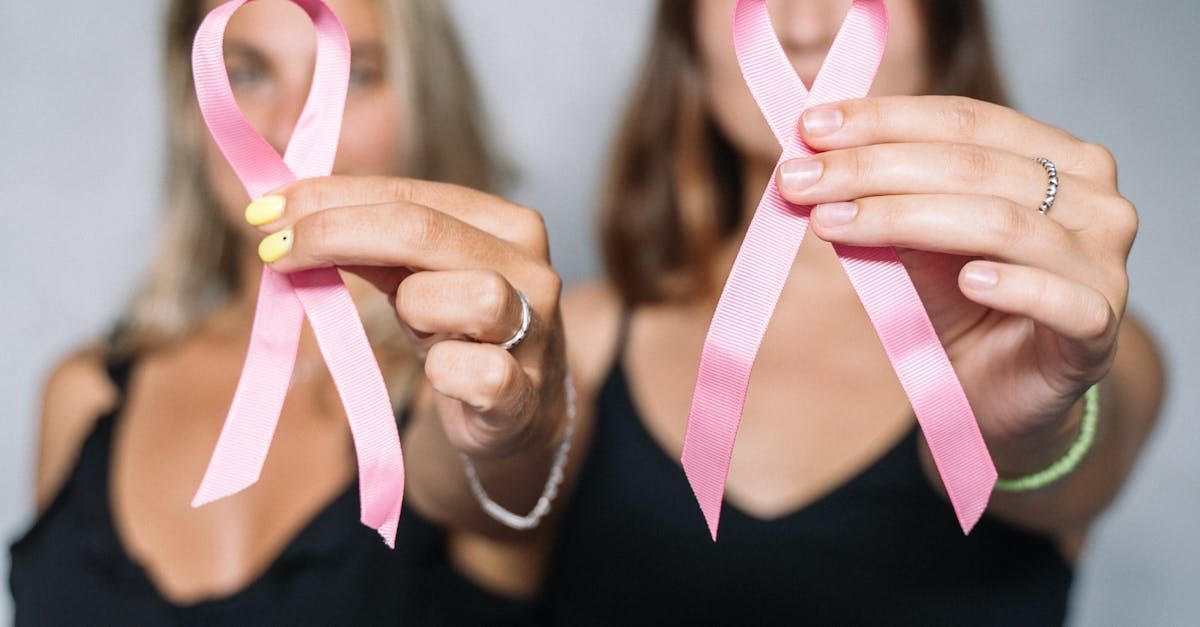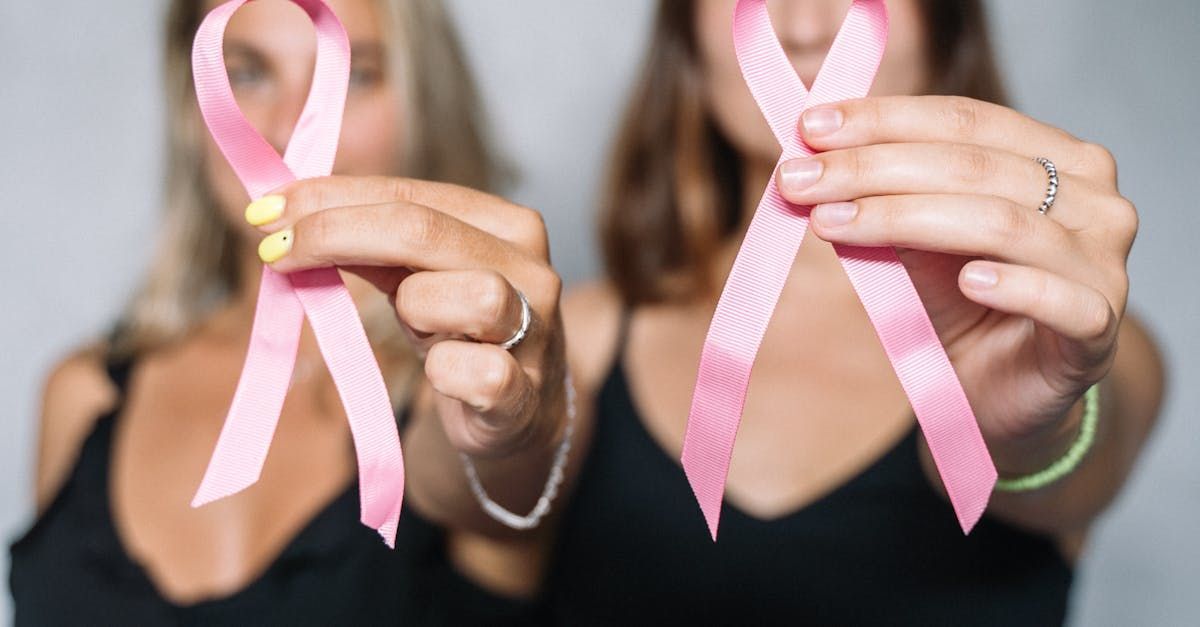The Alarming Effects of Artificial Food Dye
The Dye Hard Truths
If you've been to nearly any grocery store lately, you've probably noticed something wonderful happening—packaged food companies are finally offering "dye-free" alternatives to many popular foods. From popsicles and fruit snacks to candy and yogurts, we're seeing more options than ever before. As consumers, we're asking for better choices for our families, and companies are starting to listen.
As a parent, seeing these healthier options becoming more available feels like a breath of fresh air. Artificial food dye has been quietly making its way into our food supply for the past 50 years, and we're finally beginning to understand its concerning side effects. While those brightly colored packages might catch our eye on grocery shelves, there's so much more to artificial coloring than what we see on the surface. Today, we'll explore the real dangers of artificial food dye together and discover the amazing benefits of embracing a dye-free lifestyle. You'll also learn about some surprising places where these colors might be hiding in your pantry right now.
What Is Artificial Food Dye?
Artificial food dye is essentially a synthetic way to add vibrant color to products, especially the foods we eat every day. These dyes offer absolutely no nutritional value to our bodies. Instead, they're made up of various chemicals, many of which are actually derived from petroleum—yes, the same base material used to make gasoline. Red 40 stands out as one of the most commonly used color additives and, unfortunately, one that may be particularly harmful, especially for our children.
Unlike removing gluten or dairy from your diet, eliminating artificial coloring can feel more complicated because it's not just one single ingredient to watch for. Beyond the various reds, there are blues, greens, yellows, oranges, and many others, each potentially listed under several different names. Most of these are synthetic and can be spotted by carefully checking the ingredient list on food packages. Generally, you'll find coloring listed toward the bottom of ingredients, shown as a color followed by a number. Here are some common examples:
Sometimes, manufacturers list dyes simply as "artificial colors" rather than specifying each one individually. They might even use commercial names that don't indicate a color or number at all, which adds to our confusion as conscious consumers. Some of the commercial names these artificial additives hide behind include:
The Dangers of Artificial Dyes
Going completely "dye-free" requires dedication and awareness, so it's important to understand whether food dyes are truly as harmful as many believe. Is all the concern about the adverse effects of artificial colors justified? The truth is, the use of dyes remains a deeply controversial topic in the health Community. Some experts believe they're toxic and harmful to our bodies, while others maintain they're safe for consumption.
Numerous scientific studies have raised serious questions about the potential health risks associated with artificial colors. What makes this controversy even more concerning is that many countries have actually banned these ingredients from their food supply, while others haven't taken action. Some nations have chosen a middle ground by adding warning labels, similar to those we see on alcohol and tobacco products.
Here in the U.S., nine artificial dye additives continue to appear in our foods without any warning labels, despite ongoing efforts to ban them altogether. But does that necessarily mean they're safe for us and our families to consume?
Ask any parent who has removed artificial coloring from their child's diet for just a few days and witnessed the dramatic changes firsthand. They'll likely become passionate advocates for dye-free living, eager to share their experience with anyone who will listen.
It's not only children who experience the benefits of a dye-free lifestyle. The symptoms and their severity can vary significantly from person to person, and genetics can play a role too. Here are some of the possible side effects that people report from consuming artificial coloring:
If you're curious whether your child (or anyone in your family) might have a dye allergy or sensitivity, try this simple approach: eliminate all dyes from your diet for at least one to two weeks. Then, carefully reintroduce them slowly to see if any adverse side effects return. A functional medicine doctor can be an invaluable resource on this journey. They can help you uncover the root cause of your symptoms and guide you toward a healthier, dye-free lifestyle.
More Than Meets The Eye
If you're ready to try cutting artificial food dye from your diet, you'll need to look beyond those obvious neon yellow sports drinks or brightly colored cereals and candy. Surprisingly, coloring agents serve purposes beyond just adding vibrant colors to food. You read that correctly—artificial colors can be added for other reasons, like enhancing existing colors and acting as preservatives in colorless foods (even white foods!) to keep them shelf-stable longer. Here are several foods that might surprise you with their hidden artificial coloring:
- Marshmallows – Blue 1 keeps marshmallows white and shelf stable. While dye-free options are available, most standard marshmallow brands still use artificial dyes.
- Cheese – Orange cheese almost always contains artificial color. When given the choice, remember: white cheddar is always the better option!
- Pickles – Check those ingredients carefully. Pickles are often dyed to maintain that bright green color we're accustomed to seeing.
- Gum – Most gum contains at least one type of dye, though dye-free options are becoming more available.
- Cereal – Those brightly colored cereals know exactly how to draw us in. But check them all, because dyes are a known additive across many brands.
- Soda – Soda, even brown varieties, almost always contains dye to achieve its characteristic color.
- Fruit – Artificial dye in fresh fruit is perhaps the most disappointing discovery of all. Those bright, juicy oranges? Lush red strawberries? Shiny red apples? While not all fruit is dyed, many are treated to maintain colors that appeal to consumers. Choose organic fruit to avoid dyes.
- Fish – Love salmon or tuna? Those vibrant colors aren't always natural. Color is often added to make them more appealing to shoppers.
- Hotdogs – Hotdogs and sausage casings are among the only foods approved for using Orange B for coloring.
- Vitamins – If your vitamins contain color, especially those gummy vitamins marketed to children, be extra cautious about checking the ingredient list.
- Sauces and Condiments – Unfortunately, you'll need to check all the labels because even your trusted pantry staples could be hiding artificial colors.
Beyond Food
Artificial dyes aren't limited to just the food we eat. These synthetic colors appear almost everywhere—in our cosmetics, clothing, and even our skincare products. While some people only react negatively to artificial dyes when they consume them in foods, many are sensitive when these chemicals come into contact with their skin. Toothpaste, hand soap, laundry detergent, colored clothing, shampoos, and even children's medicines are often colored with artificial dyes.
The wonderful news, however, is that if you make it a habit to check labels carefully, you'll be able to find dye-free alternatives for almost everything your family needs. Some health food stores are dedicated to only selling dye-free food and products, so you never need to worry about scrutinizing labels when you shop there. You can often find a clear statement on their company website to confirm their commitment. Thankfully, many companies are now prominently displaying their "dye-free" labels where they can be easily seen because they understand how important this information is to health-conscious families.
Natural Alternatives
If we can accept that food doesn't need to be neon bright and artificially vibrant to be appealing, then we can absolutely live without artificial colors in our food. Nature has blessed us with more than enough beautiful colors if we know where to look. Plant-based food dyes are increasing in popularity among companies that want to add color to their foods naturally. Carrots, blueberries, turmeric, beets, pomegranates, paprika, and spinach are just a few of the healthy and natural alternatives that can change the color of your food without any of the concerning side effects.
Final Thoughts
Now that you have this valuable information, you can make an informed decision about artificial colors for yourself and your family. Options and alternatives to artificial food dye are more available than ever before, and if you decide to eliminate dyes from your diet, you'll likely find that you never miss them at all.
At Knew Health , we wholeheartedly support our Members' dye-free lifestyles with health coaching , functional medicine consultations, and access to discounted organic and dye-free foods. To get started on your wellness journey, call us at 855-542-0050 or schedule an appointment with one of our knowledgeable Care Team Members, who can answer your questions about how we can support your healthy lifestyle choices.
Living dye-free has never been easier or more rewarding.
Disclaimer:
This information is being provided to you for educational and informational purposes only. It is being provided to educate you about how to take care of your body and as a self-help tool for your own use so that you can reach your own health goals. It is not intended to treat or cure any specific illness and is not to replace the guidance provided by your own medical practitioner. This information is to be used at your own risk based on your own judgment. If you suspect you have a medical problem, we urge you to take appropriate action by seeking medical attention.
Sources:
"Artificial Colors." Bakerpedia , bakerpedia.com/ingredients/artificial-colors/.
Bell, Becky MS, RD. "Food Dyes: Harmless or Harmful?" Healthline , 7 Jan. 2017, www.healthline.com/nutrition/food-dyes.
"Is Red Dye 40 Safe?" Cleveland , 8 Mar. 2023, health.clevelandclinic.org/red-dye-40/.
Potera, Carol. "DIET AND NUTRITION: The Artificial Food Dye Blues." National Library of Medicine , 1 Oct. 2010, www.ncbi.nlm.nih.gov/pmc/articles/PMC2957945/.
Tsakos, Lisa. "What Are Artificial Colors?" Naturally Savvy , https://naturallysavvy.com/eat/artificial-colors/










